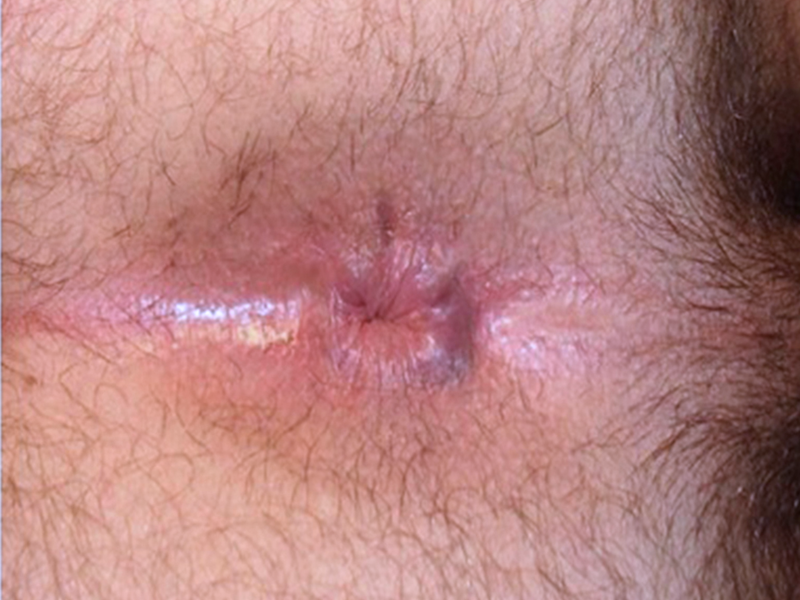Types
According to Cancer Victoria, there are three types of anal cancer:
- Squamous cell carcinomas (SCCs) - Most anal cancers are squamous cell carcinomas (SCCs). SCCs start in the flat (squamous) cells which line most of the anus. The term anal cancer commonly refers to these SCCs.
- Adenocarcinomas - Some anal cancers are adenocarcinomas. These cancers start in cells in the anal glands. This type of anal cancer is treated in a similar way to bowel cancer.
- Perianal skin cancers - In some rare cases, anal cancers can affect the skin just outside the anus (perianal area). If they are not too close to the sphincter muscles, they can be treated in a similar way to SCCs.
Causes
Anal cancer is strongly associated with HPV infection and potentially with the presence of precancerous lesions, referred to as anal intraepithelial neoplasia (AIN).
Risk factors
About 80% of anal cancer cases are caused by human papillomavirus (HPV).
HPV can affect the surface of different areas of the body, including the anus, cervix, vagina and penis. Unless people are tested, most of them will not be aware that they have HPV as it usually doesn’t cause symptoms.
HPV is the main risk factor for anal cancer. Other risk factors are:
- weakened immune system due to HIV, organ transplant or an autoimmune disease such as coeliac disease, lupus or Graves’ disease
- man who has had sex with men (MSM)
- abnormal cervical screening test result or cancer of the cervix, vulva or vagina
- smoking tobacco
- aged over 50
Anal cancer is rare in heterosexual men or women. It occurs more commonly in MSM, particularly those with HIV infection. It starts to occur in MSM with HIV at about 35 years of age and becomes more common as they get older. On average about one in every thousand MSM with HIV will develop anal cancer every year.
Some people with anal cancer do not have any of these risk factors.
Clinical presentation
- Anal cancer can cause a number of symptoms including bleeding, a hard lump or an ulcer.
- Anal cancer is often unrecognised by the patient but the majority can be identified by a careful examination of the perianal area.
- When symptomatic, the patient may recognise an anal lump, bleeding or persistent ulcer. The lesion may be painful and may bleed on wiping.
Diagnosis
Use our interactive flowchart to help you diagnose anal cancer.
Diagnosis can involve:
- completing an anorectal examination
- taking an anal swab
The clinician should be alert to a chronic, indurated, irregular ulcer or lump which may occur within an area of AIN or anal warts.
Refer the patient to a colorectal surgeon that specialises in anal cancer.
Warning
May contain graphic images of human anatomy, medical conditions and medical procedures. Viewing discretion is advised.
Anal anatomy and anal cancer presentations.
Management
Anal cancer generally has a good outlook although the smaller it is when it is diagnosed the better the outlook.
If it is less than 1cm in size when diagnosed almost all anal cancers are cured with treatment. However, as the size increases, the chance of complete cure falls.
Treatment involves a combination of one or more of surgery, radiotherapy or chemotherapy. Small tumours generally need less treatment. Treatment will also depend on the stage of the cancer.
If detected early, a curative surgical excision is possible. If detected later, often a patient may need chemo-radiation in combination with surgery.
Follow up
After treatment, patients generally need follow up every 3–12 months for several years.







